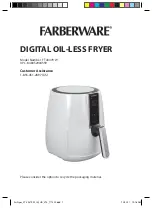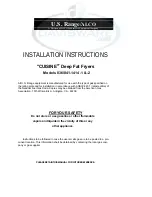
15/70
3. Operating
principle
Ultrasonic cleaning is presently considered to be the most modern
and effective method employed in the area of high-precision cleaning
processes.
3.1
What does ultrasonic cleaning entail?
The success of this cleaning method basically depends on 4 criteria:
Ultrasound energy is considered as the most efficient mechanical
input into cleaning processes. This energy must be diffused by means
of a liquid that will act upon the targeted surfaces.
In order to remove pollutants from part surfaces, it is essential to use
an appropriate detergent. The chemical product also proves
necessary in reducing surface tension of the liquid. The effectiveness
of ultrasound is therefore magnified.
The cleaning result improves significantly whenever the liquid is
heated to the right temperature.
Cleaning time depends on the degree and type of pollutant, the
cleaning product and temperature, as well as on the success rate.
4.
Product description
4.1 Characteristics
of
the MNU 180 equipment
•
Special stainless steel tank
•
A case made of special steel that is both of high sanitary
quality and easy to maintain
•
The
Sweep
function to provide for a regular distribution of
sound waves in the liquid solution
•
The
Degas
function to ensure efficient liquid degassing and a
laboratory-based application
•
A plug-in network cable
•
Electronic metering device
•
Control console protected against humidity
•
Automatic device shutdown after 12 hours of service
in order to avoid unintentional ongoing operations
•
Voltage: 230 V – 50 Hz
•
Weight: 2 kg
•
Power:
240
W
•
Frequency: 37 kHz
4.2 Related
supplies
•
Ultrasonic cleaning equipment
•
Power supply cable
•
User's
guide
Mechanical energy
Cleaning product
Temperature
Processing time
















































